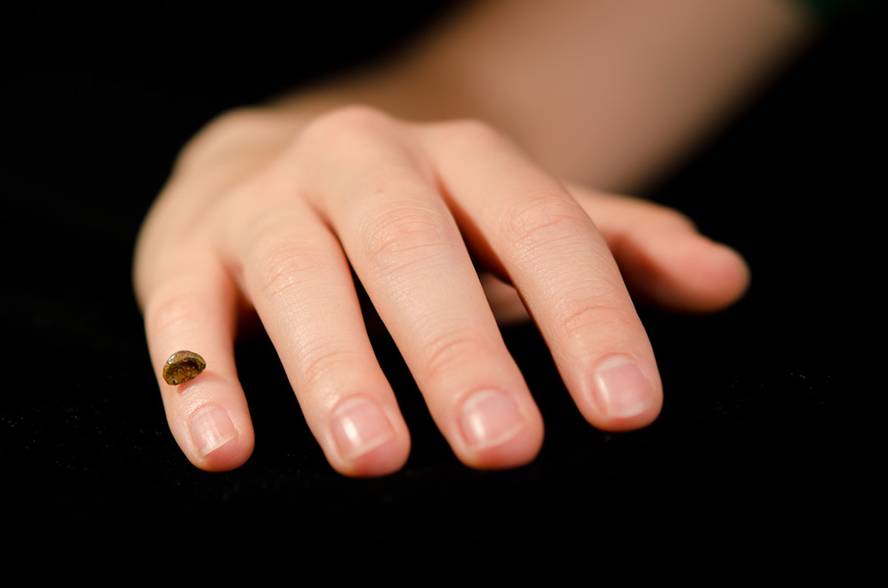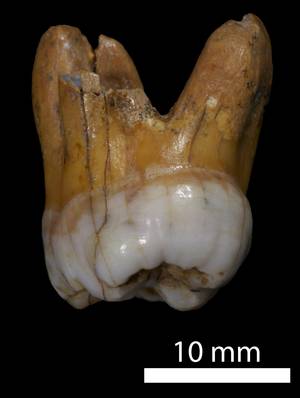A high quality genetic sequence in Denisova man

In 2010 the discovery of the man of Denisova was announced in the cave of Denisova, south of Siberia, in the mountains of Altai. The tracks were very scarce, a piece of phalanx of a girl and two teeth, but since then the discovery has given much to talk about. In fact, phalanx preserved DNA in an abnormal proportion, and thanks to genetic analysis, the team of researcher at the Max Planck Institute in Leipzig, Svante Pääbo concluded that it belonged to a previously unknown human species.
Since the discovery of the fossil, three genome sequences have been formed. Analysis of the mitochondria genome that served first to predict the new species and then two of the entire genome.
The complete Genome draft was published in 2010 and, among other things, demonstrated that the current inhabitants of Melanesia possess the genetic heritage of the human being of Denisova, 6% of the genome. Consequently, he not only lived in southern Siberia, but also in the islands of southeast Asia, according to the phalanx dating, between 50,000 and 30,000 years ago.
As for phylogeny, the sequence of the entire genome placed the human line of Denisova along with the Neanderthal. Unlike the genomic analysis of mitochondria, he suggested that the Neanderthals and the man of Denisova had a common ancestor which was after the division of the line of modern and Neanderthal man.
The high quality genome sequence published today in the journal Science has confirmed and concretized, in general, its consequences.
For example, they have seen that the inhabitants of Papua share more alleles with the denisoveses than in the normal chromosomes on the X chromosome, which has led them to a series of migratory hypotheses: perhaps, through the denisoveses came the genes mostly to the ancestors of the Papuans, or, perhaps, as both species were found, smaller groups emerged and were the reefs of the Papuans.
They have also seen that the human being of Denisova had a very reduced genetic variability, which has led them to believe that they emerged from a limited population.

Unlike the draft, the new genome sequence has allowed researchers, comparatively, to develop a catalogue of genetic characteristics unique to modern humans; and although today it is not possible to know what functions these characteristics are associated with, it is very useful to complete the genetic trajectory of evolution.
Finally, the sequence includes some clue about the phenotype of denisov. In fact, some of the sequenced alleles are related to the skin, hair and dark eyes in today's humans. It should not be forgotten, however, that researchers have in their hands the genome of the single individual, and that these characteristics do not have to be of the whole population.
However, with the new sequence, the man of Denisova has confirmed the title of the first human species better known by the genome than by morphology.
The quality of the sequence that has been published today is equivalent to that achieved for modern man, with an average of 30 nucleotide copies, which were 1.9 in the draft, and with the same technique, researchers hope to obtain more high-quality sequences of ancient DNA, such as that of Neanderthal.





